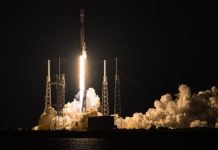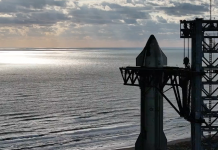Last updated on December 8th, 2022 at 02:51 pm
The head of Rocket Lab told why he is creating a competitor to SpaceX Falcon 9 and how going public will help this
Rocket Lab announced yesterday that it is developing a new, larger, reusable launch vehicle, Neutron, which will compete with SpaceX’s Falcon 9. Simultaneously, the start-up private space company announced it would go public through a merger with SPAC mergers and acquisitions). TechCrunch spoke with Rocket Lab founder and CEO Peter Beck to clarify the situation.
Don’t forget to leave us a comment below and let us know what you think!
Share Our Website for Technology News , Health News , Latest Smartphones , Mobiles , Games , LifeStyle , USA News & Much more...





